
Hey all. So lately what’s been in front of my face is bold labeling that is vague, misleading, and even deceitful. I’m frustrated by it and I’m sure you are baffled by it. I understand the rights of marketers and manufacturers, but it’s not with the health of the consumers (that’s you/us) in mind. It’s about making that money honey. But… guess who has your health in mind?? Mama Miriam, so read on! 😊
Ignore the Front of Labels:
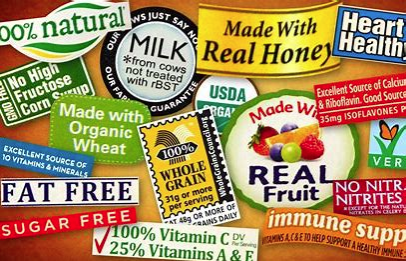
So how to read nutrition labels. Reading food labels can be a tricky bugger! Food labeling regulations are complex, making it harder for consumers to understand them. That’s the point. They want smoke and mirrors in the front of the packaging to lure you in and drop that dough. One of the best tips may be to completely ignore claims on the front of the packaging.
In fact, research shows that adding health claims to front labels makes people believe a product is healthier than the same product that doesn’t list health claims thereby affecting your choices. Examples include many high-sugar breakfast cereals like whole-grain Cocoa Puffs. Despite what the label may imply, these products are not nutritious.
This makes it hard for consumers to choose healthy options without a thorough inspection of the ingredients list.
The Most Misleading Claims
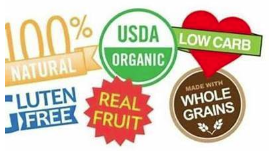
Here are some of the most common claims when reading nutrition labels and what they really mean:
- Light. Light products are processed to reduce either calories or fat. Some products are simply watered down. Check carefully to see if anything has been added instead — like sugar.
- Multigrain. This sounds very healthy right? But it only means that a product contains more than one type of grain. These are most likely refined grains unless the product is marked as whole grain.
- Natural. This does not necessarily mean that the product resembles anything natural. It simply indicates that at one point the manufacturer worked with a natural source like apples or rice.
- Organic. This label says very little about whether a product is healthy. For example, organic sugar is still sugar. This is merely about having a limit of synthetic pesticide and herbicide on the food product. It has nothing to do with being highly processed or wholesome. Of course I am in favor of organic because why wouldn’t I be for less synthetic chemicals in my food supply?? Or what I’m breathing in for that matter?
- No added sugar. Don’t get me wrong, this is a step in the right direction! But, the fact that they don’t have added sugar doesn’t mean they don’t have other unhealthy ingredients like saturated fats, high sodium levels, or artificial dyes. Unsafe sugar substitutes may also have been added.
- Low-calorie. Low-calorie products have to have one-third fewer calories than the brand’s original product. Yet, one brand’s low-calorie version may have similar calories as another brand’s original; so that’s lame.
- Low-fat. This label usually means that the fat has been reduced at the cost of adding more sugar and other fillers and binders and things your body is not so keen on processing. Be very careful and read the ingredients list.
- Low-carb. Highly processed food labeled low-carb are usually still processed junk foods, similar to highly processed low-fat foods.
- Made with whole grains. The product may contain very little whole grains. Check the ingredients list; if whole grains aren’t in the first three ingredients, the amount is negligible.
- Fortified or enriched. This means that some nutrients have been added to the product. For example, vitamin D is often added to milk. Yet, just because something is fortified doesn’t make it healthy. In fact, products that are typically fortified or enriched mean they have been pretty processed initially.
- Gluten-free. Gluten-free doesn’t mean healthy IN THE LEAST. This is a big misnomer these days. The product simply doesn’t contain wheat, spelt, rye, or barley. Many gluten-free foods are highly processed and loaded with saturated fats and added sugar. And often you cannot find fiber in these products to save your life.
- Fruit-flavored. Many processed foods have a name that refers to a natural flavor, such as strawberry yogurt. However, the product may not contain any fruit – only chemicals designed to taste like fruit. Like what?! Yep. Food Science baby!
- Zero trans fat. This phrase means “less than 0.5 grams of trans fat per serving.” Thus, if serving sizes are misleadingly small, the product may still contain trans-fat. And you should not have ANY added trans-fat/hydrogenated fats. Period. It’s so harmful, guys. I typically have no no’s on food but this ingredient… just don’t go there.
In saying all of that, I do want you to know that despite these cautionary words, many truly healthy foods are organic, whole grain, or natural. Still, just because a label makes certain claims doesn’t guarantee that it’s healthy. You MUST investigate by flipping that product around to the back and read read read. More on this here:
Study the Ingredients List
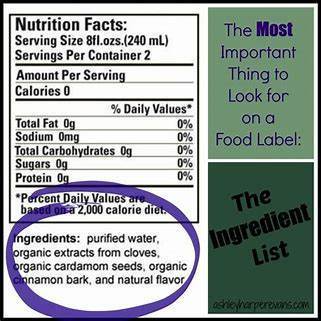
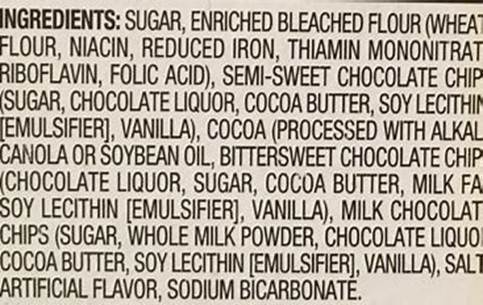
Product ingredients are listed by quantity from highest to lowest amount. This means that the first ingredient is what the manufacturer used the most of.
A quick rule is to read the first three ingredients, as they make up the largest part of what you’re eating. If the first ingredients include refined grains (without “whole” in front of the flour/grain), some kind of added sugar, refined or hydrogenated oils, you can assume that the product is not so hot for your body.
Instead, try choosing items that have whole foods listed as the first three ingredients i.e. “whole wheat, chia seeds, oats, olive oil, dates.”
In addition, an ingredients list that is longer than two to three lines suggests that the product is highly processed OR is made with a lot of ingredients. If the ingredients are whole foods-based, I don’t care how long it is as long as it’s not ultra processed. So read, read, read.
Supplement Savvy:

Holy moly this is a whole other article topic unto itself. But I will touch upon this here too. Misleading nutrition labels are ever-present, but did you know supplement companies are worse?? Read the ingredients and look at 3rd party testing that is unbiased and evidence based.
Claims, especially structure/function claims, may help sell product. However, they may also invite regulatory action if improperly phrased or inadequately supported. But, supplement makers got plenty of tricks up their sleeve.
Companies can make claims about how a supplement (or food) affects the normal structure or function of the body with little oversight by the Food and Drug Administration; as long as the claims don’t name a disease or promise to treat a condition, they are in the clear!
So odds are you won’t see a supplement that can “lower cholesterol,” but you’ll see plenty that “help maintain healthy cholesterol levels.” See the subtle difference there? Tricky tricksters! So be a smart consumer. Don’t fall for it.
And here’s a related segment by Studio SWEAT family member Haley (our beloved Eric’s wife) who is a master at sustainability and homeopathic recipes and lifestyle. She inspires me weekly (you simply MUST follow her on Instagram @hippiehappyhaley):
Hi everyone!
When Miriam asked me if I had anything to add to this article I thought not since she had covered it so thoroughly, but then just today I was in a situation where this exact issue came up, so I thought I’d share it with you.

I am out of town visiting my mom and today we were at the grocery store together. She was looking for coffee creamer and mentioned that she didn’t really love the one she usually buys, but that it’s the only one she could find that was sugar free. She pointed out all the options and seemed very caught up on the fact that she wanted one that said “sugar free”. I picked up the one she decided on and flipped it over to check the ingredients. The first three were water, corn syrup, and vegetable oil. Not great! Miriam’s wise words instantly popped into my mind and I shared with my mom the importance of reading the ingredients list instead of just the claims on the front label. The creamer she was buying was technically “sugar free” but was mostly water, corn syrup, and oil, and contained artificial sweeteners and flavoring. It didn’t have sugar, but it definitely wasn’t healthy! There weren’t any amazing options, but we decided on one that was mostly almond milk, was sweetened with cane sugar, and flavored naturally.
This seemed like a very relevant example of how important it is to read the ingredients before assuming a product is healthy because it has a certain catch phrase or buzz word on the front. If I were a coffee drinker I’d have some wonderful homemade vegan creamer recipe to offer you, but sadly I am not. What I do know, however, is that coffee creamer is supposed to be made up of creamy milk, sweetener, and flavoring. How easy is that?!
Grab your favorite milk, add a little honey or maple syrup, a dash of vanilla extract, and go to town! If you’re looking for an extra thick and creamy milk option, try coconut milk from a can. I’ve also heard that oat milk foams up very nicely if you’re looking for something frothy.
Check those ingredients, people! And if you can’t find a healthy option, try making it at home. It might be easier than you think!
Peace and health be with you,
Haley
Here to give you the real.
Miriam Jirari MPH, RD, CTP, Certified Intuitive Eating Counselor
Studio SWEAT Dietitian
Resources:
https://www.nutritionaction.com/daily/dietary-supplements/how-to-spot-the-tricky-language-that-supplement-companies-use/
https://www.healthline.com/health/food-nutrition/nutrition-labels#final-word



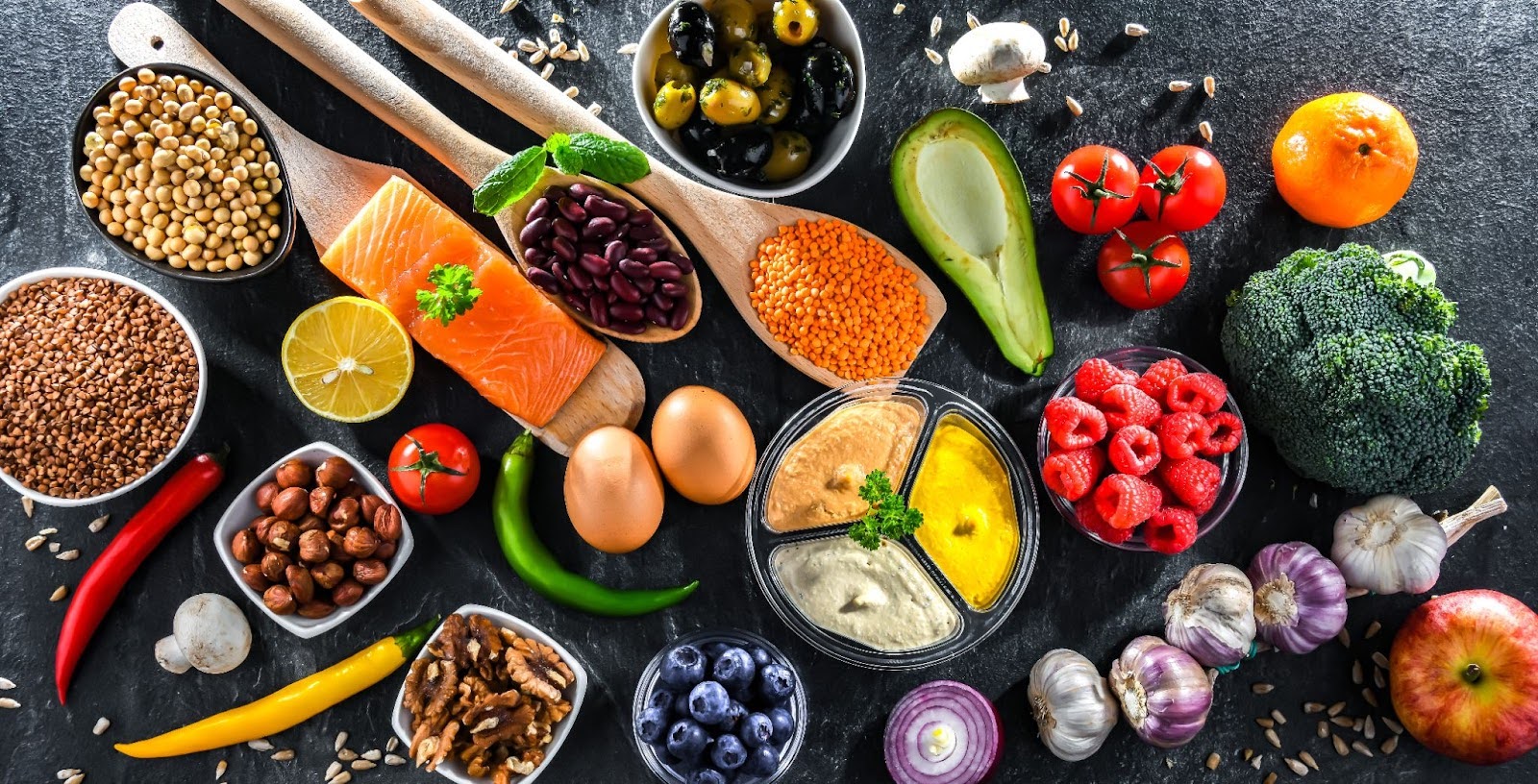





Comments - 1